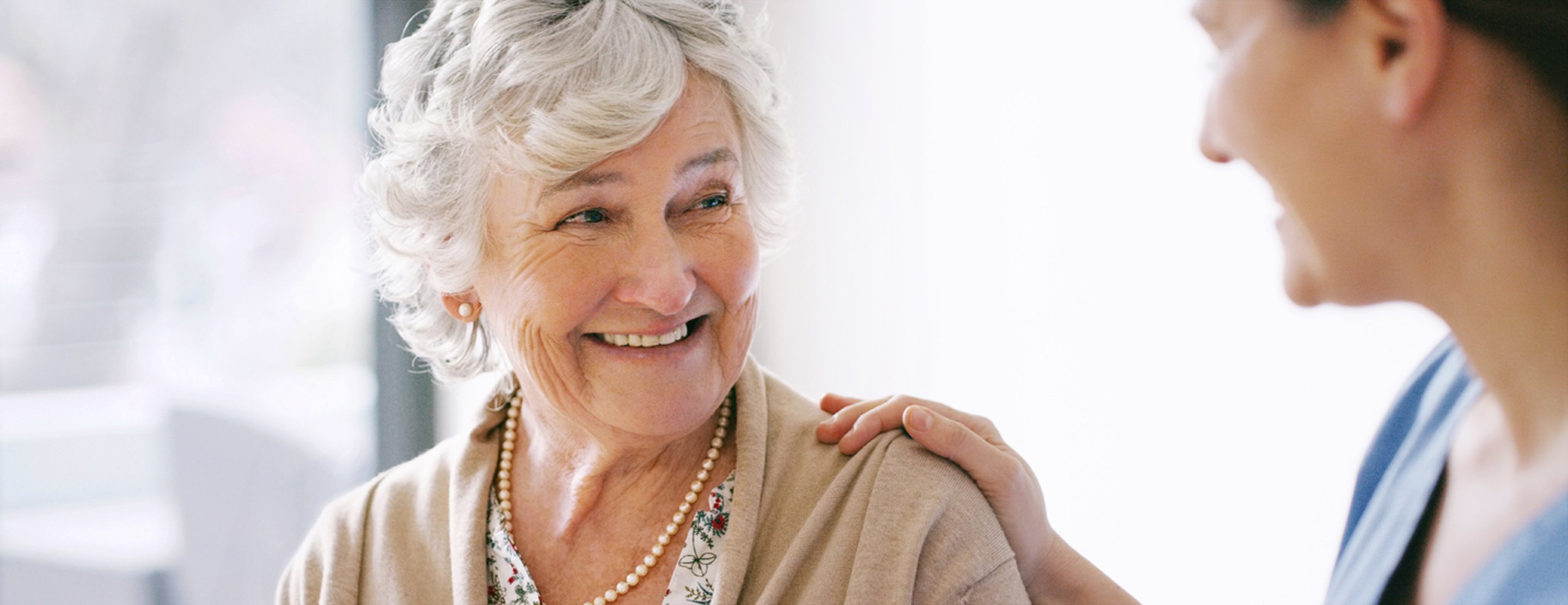
Rotary Chair Testing
At the UCSF Balance and Falls Center, rotary chair testing is typically ordered in addition to videonystagmography / electronystagmography testing to evaluate your vestibular system. The vestibular system includes structures of the inner ear, vestibular nerve, brain stem and cerebellum, a region of the brain that integrates sensory perception, coordination and motor control. This system regulates balance, posture and the body's orientation in space.
Your eyes and vestibular system interact to allow you to see things clearly when you move your head. The reflex that makes this possible is known as the vestibulo-ocular reflex (VOR). It enables you to perform routine activities such as reading street signs while walking down a sidewalk. This reflex is the basis for rotary chair testing, and it is measured using goggles equipped with infrared cameras.
Preparing for the Procedure
Tell your referring doctor if you take any medications, including over-the-counter supplements or vitamins, before your test. If these have any effect on your central nervous system or the vestibular system specifically, you may be asked not to take them for 48 hours before testing.
It’s a good idea to wear loose, light, comfortable clothing for the test.
The Procedure
During rotary chair testing, you will sit in a rotational computerized chair positioned in the middle of a small, dark room. The chair is similar to those used during eye exams, with the addition of a seatbelt and security head strap to keep your torso and head in place.
You will wear a pair of infrared video goggles, which will record your eye movements during the test. You will be alone in the room, but there is a microphone to speak to the audiologist operating the chair and conducting the test, in case you need to take a break at any time.
The test takes approximately 30 minutes and includes different sub-tests, which are designed to help determine if your dizziness or imbalance is a result of a vestibular system or central nervous system problem. During these tasks, your eye movements will be carefully monitored and recorded, specifically measuring the vestibulo-ocular reflex which occurs in response to movement of the chair. This reflex of the eyes is called nystagmus, which is an uncontrolled movement of the eyes — often side to side, but the movement can also be up and down.
The first part of the test is called the oculomotor test, which measures your eye movements in response to moving lights projected on the wall in front of you. The next part of the test is the chair test where you will be turned at varying speeds in the rotary chair. Your eye movement is recorded and analyzed. Both types of tests are useful in diagnosing and localizing the source of your dizziness or imbalance.
It’s important that you tell the audiologist if you experience any symptoms such as dizziness, nausea or headache during these tasks.
After the Procedure
After the procedure, it may take a few minutes for your eyes to adjust to light, as you will have been in a dark room for 30 or more minutes. You may also feel unsteady on your feet.
Your audiologist will discuss preliminary test results with you directly after the test, but complete results will be sent to you and your referring doctors in a formal report. Recommendations for rehabilitation, if applicable, will be noted. When you feel ready, you can go home.
UCSF Health medical specialists have reviewed this information. It is for educational purposes only and is not intended to replace the advice of your doctor or other health care provider. We encourage you to discuss any questions or concerns you may have with your provider.






